Five Indoor Plants That Absorb Humidity
A room or, worse, a whole home with an excessive level of moisture in the air is that last thing you want. In time, high levels of moisture can damage the resistance structure of the home, while being strictly associated with respiratory problems and other health issues. It first leads to an increase in mold and stains on your ceilings and walls and where there’s mold, there’s bacteria, and the dampness is more conducive to having more pests in the home. Even though technological evolution can help in these situations, Mother Nature is always there to assist, as in many other cases. So, if you want to live in a healthy environment, here are five indoor plants that absorb humidity.
Tillandsia, also known as “air plant,” is an epiphyte. This means that it doesn’t need soil, but, instead, obtains water and nutrients from the air, hence its moisture absorbing capacity. You grow it not by planting it in a pot, but by mounting it to a board, tile, or other object, or by growing it in a special Tillandsia planter, which is usually just a glass hanging globe with holes in it to increase air flow. It needs bright, indirect light.
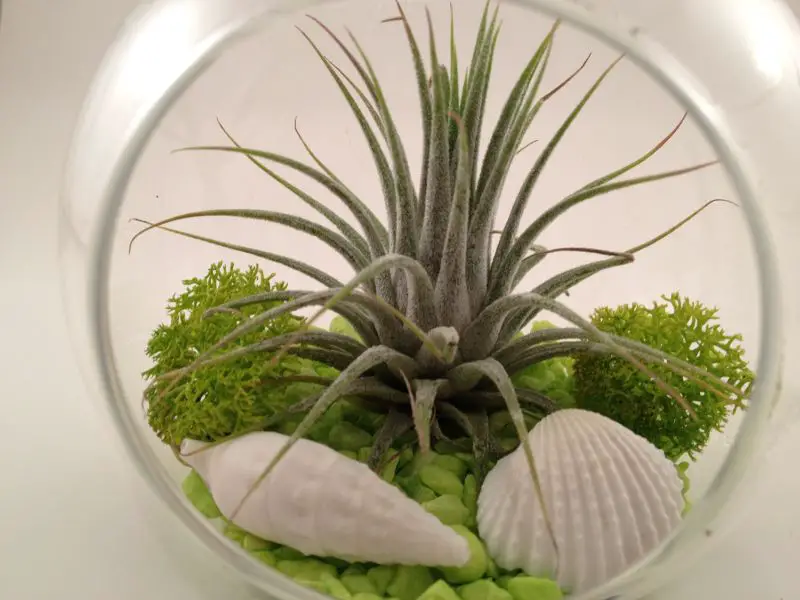
Indoor plants that absorb humidity – tillandsia
Peace lily is known to reduce molds and also absorb atmospheric vapors like alcohol and acetone through its leaves. Prolonged exposure to these chemicals can lead to various health problems. Water it once a week, keep away from a lot of sunlight and it keeps filtering the air while enticing you with its strong scent.
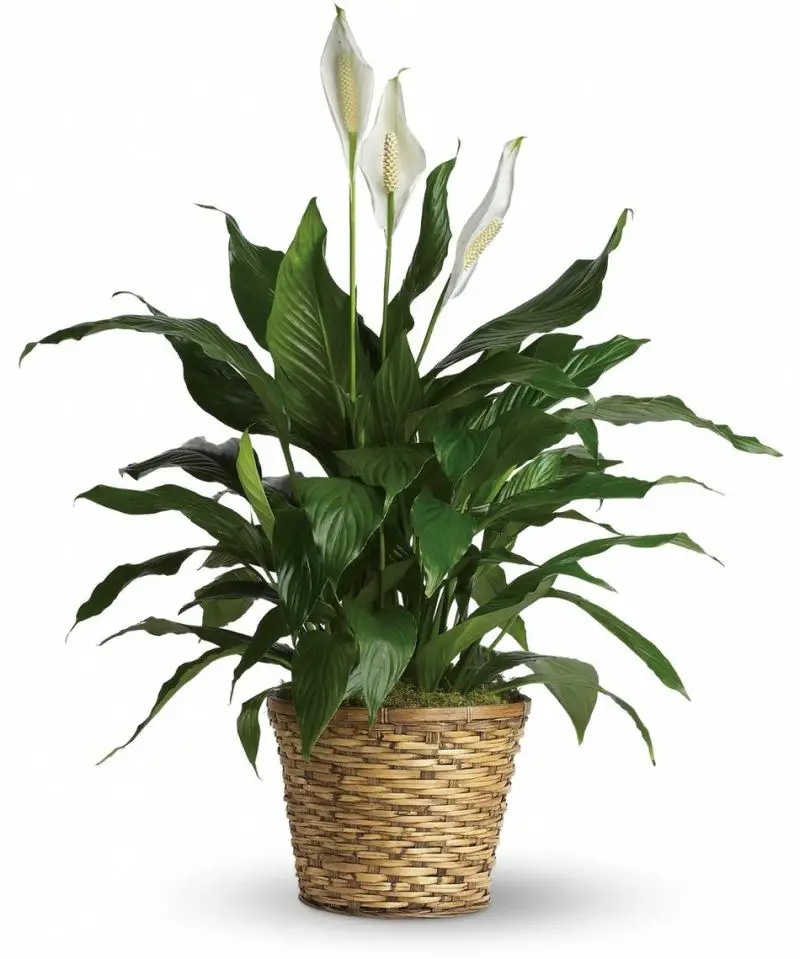
Indoor plants that absorb humidity – pace lily
English ivy is known to remove the airborne molds typically found in humid places. An advantage of English ivy is that it can be planted in a hanging pot and placed higher in the room, close to the ceiling, absorbing humidity that rises, and at the same time, you don’t have to worry about knocking it over. Care for this plant is simple since it doesn’t need much sunlight. Simply keep the plant’s soil moist.
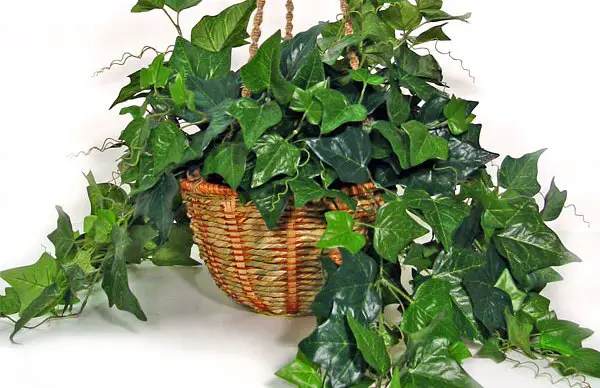
Indoor plants that absorb humidity – English ivy
The Boston fern is another popular indoor plant that thrives in more moist climates, so it will naturally absorb a bit of the humidity in your air. Not only does this plant absorb moisture from the air, it balances out various humidity levels to make it more comfortable in your home. Indirect sunlight and moist soil are all a Boston fern needs to survive in your home.
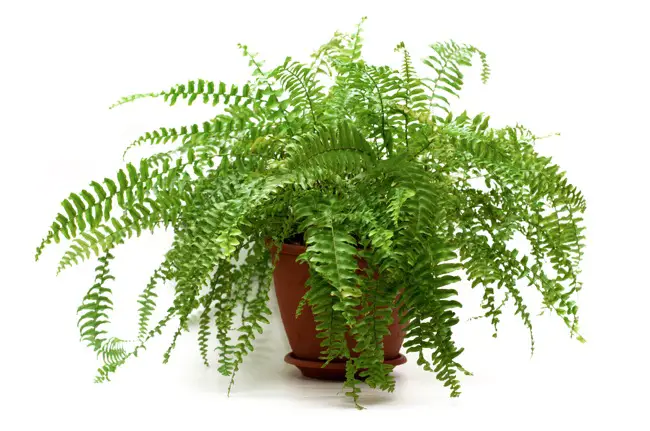
Indoor plants that absorb humidity – Boston fern
The reed palms thrive in more tropical, humid areas of the world and will absorb some moisture through their leaves. In comparison to other palms, reed palms can survive in lower light, making it ideal for a home environment; however, it can grow several feet larger if kept in more well-lit areas. Keep this plant’s soil relatively moist to help it thrive. Also, like the peace lily, a reed palm will help purify your indoor air.
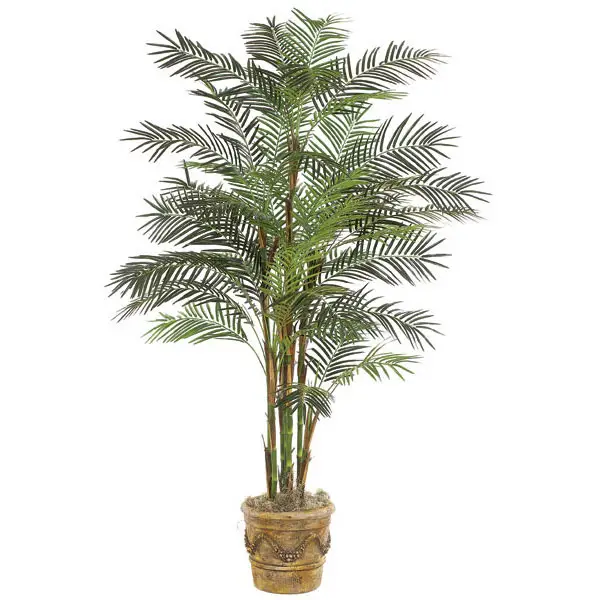
Indoor plants that absorb humidity – the reed palm
Sources: Doityourself.com, Gardenguides.com, Criticalcactus.com















